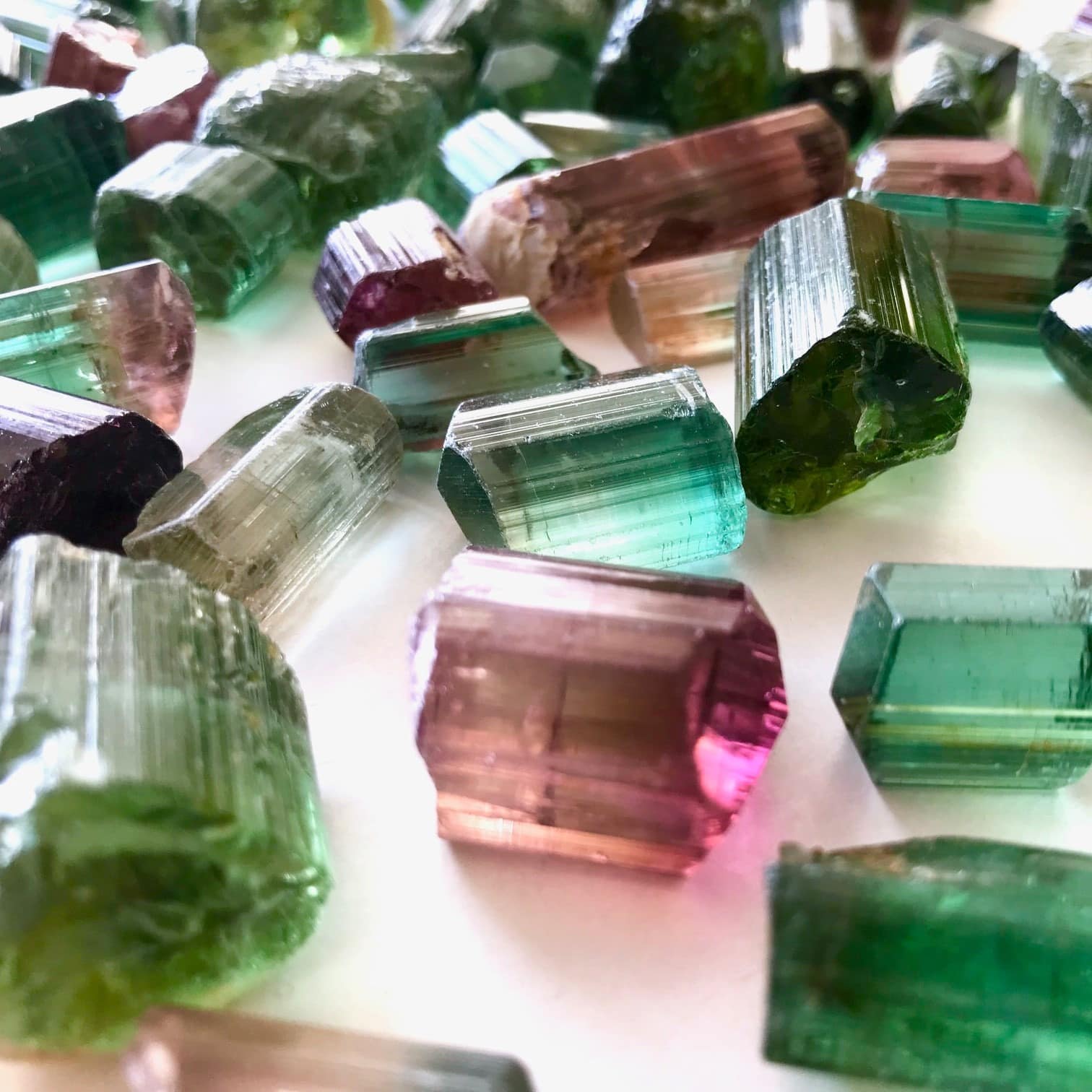I couldn’t really place my first meeting with Jean-Marc Lunel. In Geneva, for sure. At a Christie’s exhibition, of course. Anyway, the penultimate time I saw him was for the presentation of the bracelets that belonged to Queen Marie-Antoinette. He then took the time to take them out of the display case and present them to my students in gemology at the Institute of Jewelery in Saumur who then came to visit Geneva and GemGenève. One of the memorable moments of this short stay of an incredible intensity. Jean-Marc is one of the most discreet and kind jewelry experts I have come across in recent years. A privilege. So, when I learned that he was distancing himself from the profession, I said to myself that it was absolutely necessary to interview him so that he could tell you about his career. A life in the service of the most beautiful jewels.
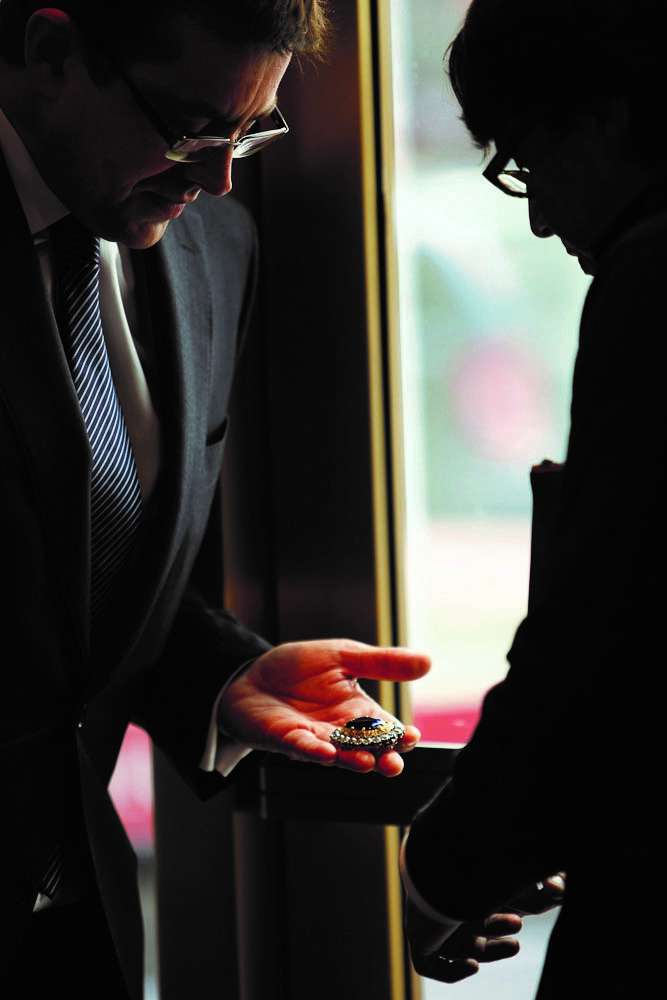
Jean-Marc Lunel. Photo : Christie’s
1 Can you introduce yourself to our readers ?
Born in Paris, I grew up among gems and jewellery. In the 1960s, my parents opened a small shop and a manufacturing workshop that as a child I visited every day on my way home from school. My father, a watchmaker by training and passionate about mechanics, embodied rigor and precision. As a kid, I used to spend hours silently watching him work, hoping that he would ask me to pick up one of the little miniature tools he was using and help him drive out a stubborn pin or replace a spring in its barrel. One day, he suggested mischievously that I reconstruct an alarm clock that he had previously asked me to tear to pieces. We both knew then that I would not be a watchmaker. It would therefore be jewelry..!
The journey was altogether quite long and uncertain. Returning from the Army in 1983, I joined the family business, first as a courier. On a moped in the streets of Paris, I transported a quantity of gold and precious stones that I took from suppliers, unthinkable today. Then I moved up in rank, trying my hand at manufacturing, creation, trading, sales, etc. I therefore think I have explored all the facets of this profession with the exception of cutting and setting stones.
And then the click. At the time, customers often brought old jewelry to the workshop that they wanted to restore or request an estimate for inheritance or insurance purposes. This is when the passion for antique jewelry came to me. I remember being swept off my feet by the refinement and quality of execution of a 19th century bracelet that a customer had come to drop off for an estimate of its value. This is how I began to take an interest in auctions and to frequent the Hôtel Drouot, a place that I visited regularly in the 1980s. There, I examined the lots, observed the customers, discussed with buyers, familiarized myself with the auction system and took all sorts of notes on the quality of the pieces, their value and of course, the sales results. I also tried to timidly approach the experts whose job I dreamed of doing. I also went regularly to the « Louvre des Antiquaires » located near the Palais Royal where I met dealers who helped me a lot and with whom I remained friend. Their work tools, second to the magnifying glass, were Christie’s and Sotheby’s catalogues.
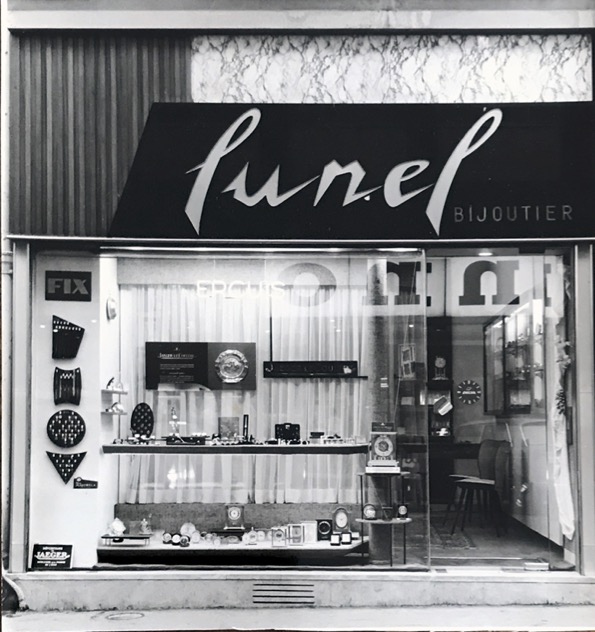
The Lunel jewelry shop, Paris, 1961. Photo : Lunel Family’s private collection
2-You have just closed an important chapter in your life as Senior International Specialist at Christie’s. You were then responsible for the two largest annual sales in Geneva in the field of jewelry. How did you come to this position and what was your background? How do you view your career as a whole?
The shop had become too small. With a Gemology diploma in hand, I decided to leave the family business to my father`s great regret and get closer to the world of public auctions. It was Maître Antoine Ader, a well-known Parisian auctioneer who gave me my chance by offering me to join his firm and organize jewelry sales at… the Hotel Drouot…! For two years, I had the chance to practice the job I dreamed of. I was earning little but then I felt like I was in the right place at the right time. However, I still had my sights on the Anglo-Saxon auction houses which officiated in London, Geneva, New York and Hong Kong (not yet in France) and whose luxurious catalogs presented jewels like I had never seen before. So I decided to head for an international career, hoping that a big auction house would like to hire me. This is how I joined Christie’s on January 4, 1999, first in London then in Paris. I must say that my meeting with François Curiel was decisive.
At the time, foreign auction houses were not yet authorized to hold sales in France,. This activity had been the prerogative of French auctioneers since the 16th century. But in 2000 everything changed and Christie’s having anticipated this change was looking for a jewelry specialist capable of setting up a department, when the day would come when sales could be organized in France. It was then that we moved our Paris office to Avenue Matignon, where it is still located today. Our first jewelry sale in Paris took place on December 13, 2001. It was an adventure and an extraordinary experience. 4 years later, I was offered to move to Geneva to replace our number 2 who had been promoted Head of our New York office. I was finally in the big league.
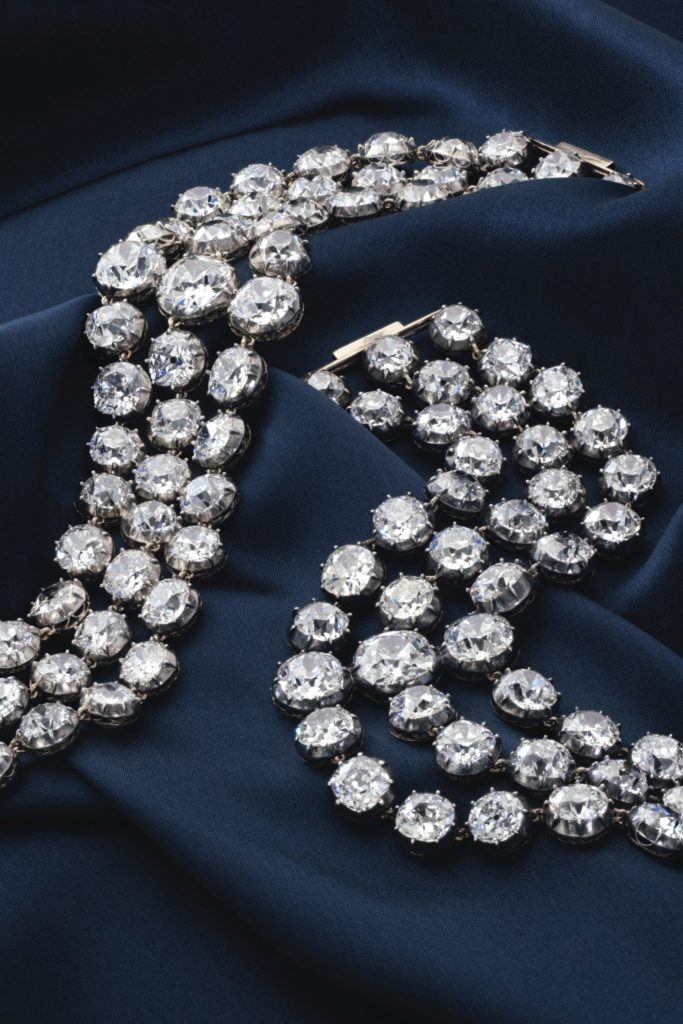
The Marie-Antoinette diamond bracelets sold by Christie’s in November 2021. Photo : Christie’s
3-Are you still going to keep one foot in the business or are you retiring permanently? If so, what are your life plans?
As you know, my wife Vanessa and I have an old dream; to buy a sailboat and sail around the world. This is precisely what we will try to do in the months to come and this project is likely to take up most of our time. For the moment, I am not sure what role our professional activity will play in our new life.
4-For ordinary people, it is impossible to define precisely your work. What is the professional life of a Senior International Specialist in a major auction house like?
It is an intense and very demanding life. As with all business ventures, I would say that one of the specialist’s morning occupations is information. Find out about everything; the price of currencies, gold, diamonds, the price of colored stones. The first hours are spent taking the pulse of the market, calling the professionals, knowing what is happening in the trade. You must keep abreast of the latest transactions, which stone has sold, at what price, who bought it, examine the sales results of competing houses, in Europe, but also in the United States and Asia. With the development of online sales, there is always a jewelry sale somewhere in the world at every moment.
We also carry out numerous inventories and receive a flood of estimate requests every day, which must be answered quickly. It’s an important part of the job and also the most exciting because you never know in the morning what the day has in store for you. This is how we have happened to discover treasures following a phone call which in general never rings more than twice at Christie’s. The treasure hunt is certainly the thing that makes us vibrate the most as specialists. You have to be responsive and always ready to jump on a plane to see a collection that doesn’t suffer from waiting for the competition to visit. The discovery of the Grand Mazarin diamond is a perfect example. An extraordinary diamond whose owners did not know the historical provenance and which we sold for USD14.5m in Geneva in 2017.
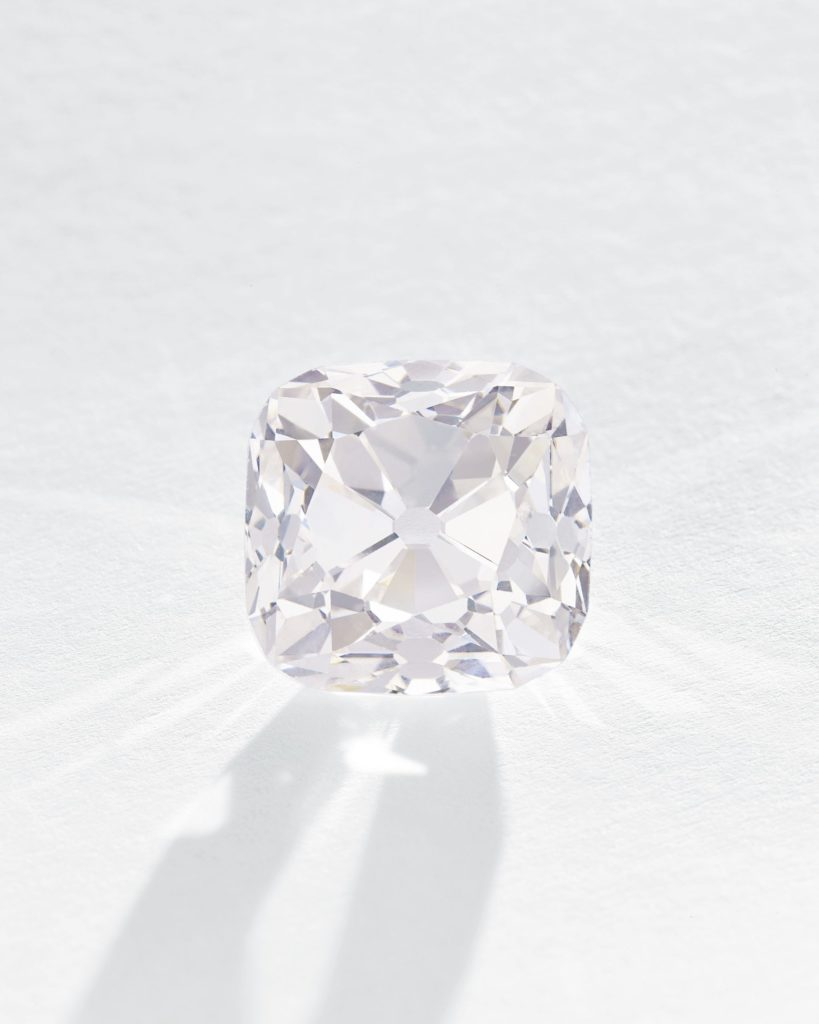
The Grand Mazarin diamond. Photo : Christie’s
Communication with colleagues is also essential, not only within the same office but all over the world, in the morning with Hong Kong, in the evening with New York to discuss the collections of jewelry and stones that are offered to us, to confirm the estimates and to jointly define a sale’s strategy. Teamwork is the dynamic that most characterizes our auction house.
And then there are always a host of things to participate in when preparing a sale; production of the catalogue, photography, historical and iconographic research, press, marketing, organization of exhibitions and presentations of works. The private sales activity is also very demanding since it represents a significant part of the group’s results. Going to international fairs and shows is also an important exercise and it is not always easy to find the time to visit them. We must also try to be available to train the new generations. Education is an important aspect of the specialist profession but also a priority for Christie’s. Sharing knowledge, teaching but also listening to what the youngest have to contribute in a world where technology and social networks are constantly invading our daily lives and are becoming essential tools for the success of any business.
5-Why did you choose jewelry and what makes you vibrate for it ?
It was rather jewelry that chose me, because I “fell into it when I was young” . I was first fascinated by so-called semi-precious stones and ornamental rocks. Then I became interested in gemology. At the same time, I took courses in jewelry design with a teacher from the l’ENSAAMA Olivier de Serres, l’Ecole Nationale Supérieure des Arts Appliqués et des Métiers d’Art, who became a very close friend and with whom we imagined jewelry creations. But I was probably not gifted enough to make of this a viable commercial activity. I am therefore very admiring of craftsmen who succeed in making it their profession and often envious of their creative genius. I am, for example, fascinated by Friedrich Becker’s kinetic jewelry or the elegance of the line – a priori simple – of stunning creations by Art Smith.
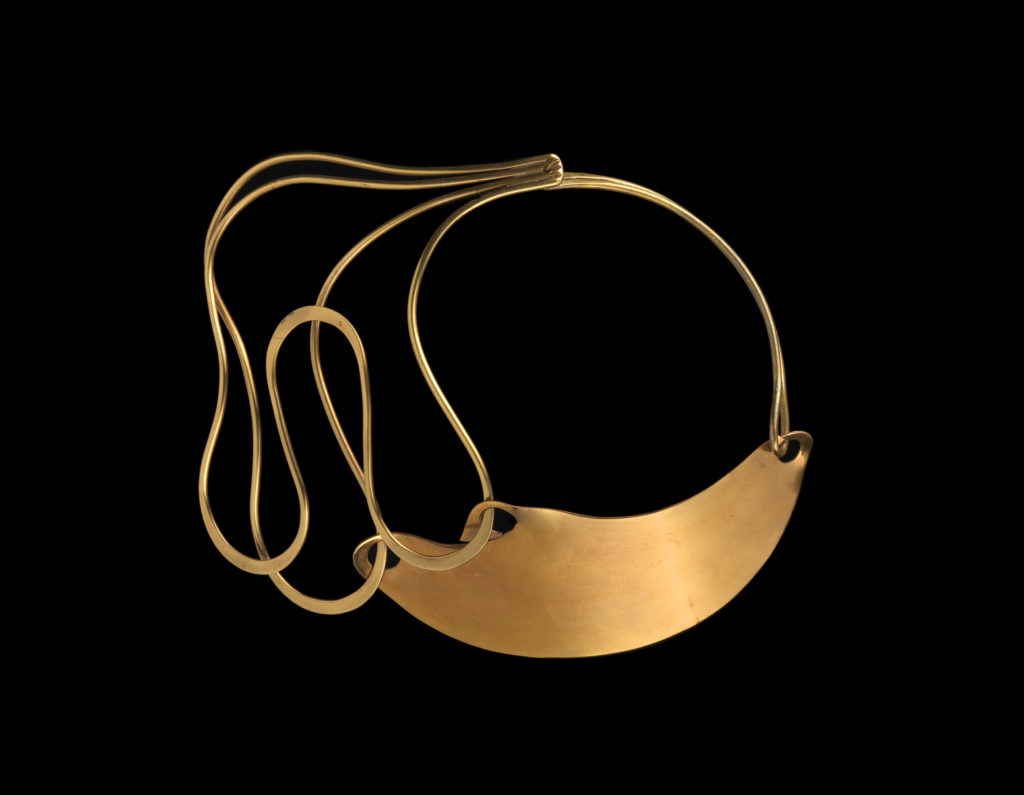
The Brass necklace by Art Smith, 1948. Photo : Museum of Arts and Design, New York
6-How do we experience the effervescence of public sales as “behind the scene”?
In the process of the auctions, the sale itself is certainly the most exhilarating moment because it devotes several months of work during which we put all our energy into preparing this event and ensuring that it is a success for our customers and financial success. It is at this precise moment that we connect buyers from all over the world together. In a few hours, the content of a sale of several hundred lots comes under the auction fire and the next day everything all starts again, our percentage of lots sold reaching 90% on average.
7-What is the most striking piece that has passed through your hands ?
I have countless memories of extraordinary jewelry that I have had the good fortune to examine or sell. Moments of strong emotion such as the first time I held in my hands the fabulous pearl necklace of the Maharani of Baroda of incredible beauty or the Wittelsbach diamond, a sublime blue-gray diamond of 35.56 carats which had belonged to King Philip IV of Spain, sold for USD24m at Christie’s in London in 2008. More recently the sale of Queen Marie-Antoinette’s diamond bracelets was also a historic event in the auction world.

The pearl necklace that belonged to the Maharani of Baroda, natural pearls and clasp signed by Cartier. Sold in 2007 for over USD7m. Photo : Christie’s
We cannot forget to mention the jewels of the splendid Al Thani collection sold in 2019 or the incredible collection of Art Nouveau / Art Deco jewelry entitled “Beyond Boundaries” including what remains today the most important collection of René Lalique jewelry in private hands ever sold at auction. A resounding event and a project that mobilized different teams working together for the success of this sale: Proposals, Marketing, Press, Events, Operations, Finances… without which nothing would have been possible.
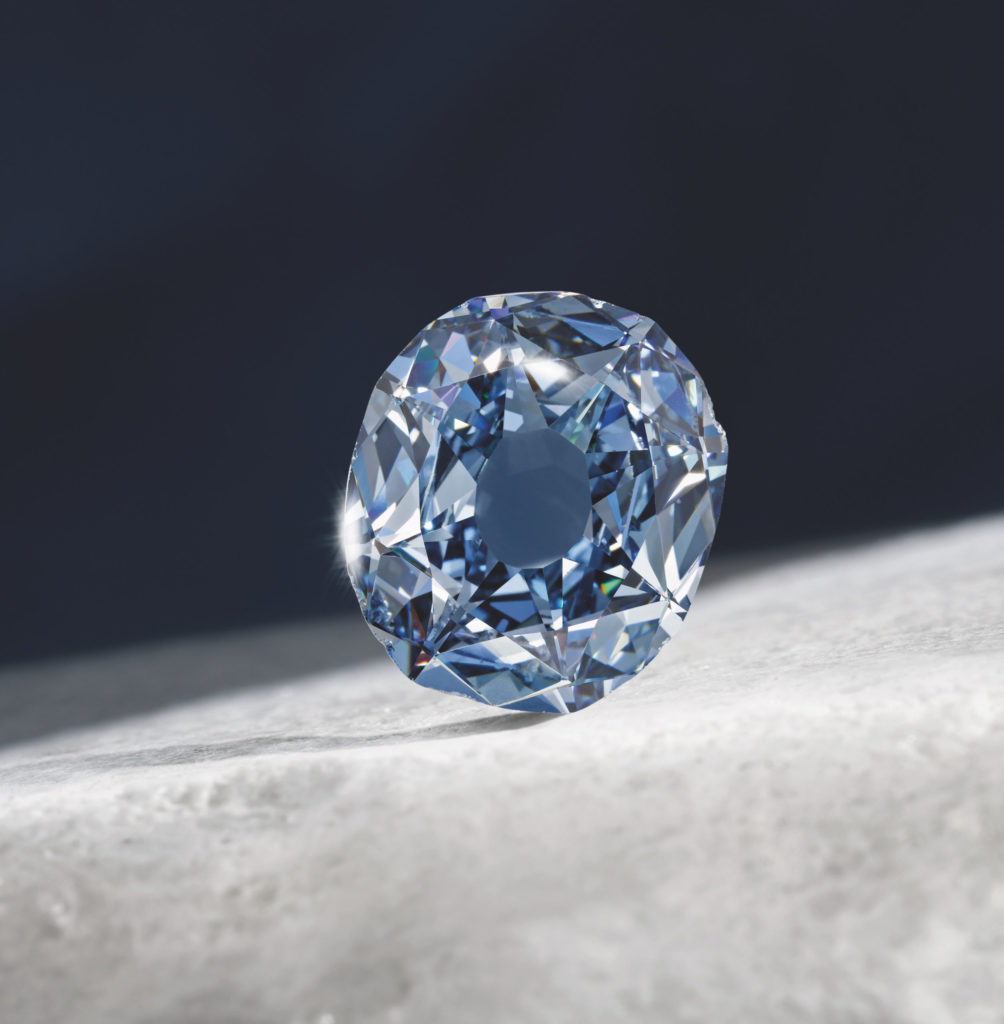
The Wittelsbach, a 35.56 carat blue-grey diamond that belonged to King Philip IV of Spain, sold for USD24m at Christie’s in London in 2008. Photo: Christie’s
8-What is your fondest sales memory ? And the most striking personality you have met during your career ?
The sale of Elisabeth Taylor’s jewelry in December 2011 was simply magical. When we announced that we were going to put up for sale in New York the sublime jewelry collection of this icon of Hollywood cinema, all of Christie’s mobilized to make this incredible event a great international success. Surpassing any jewelry sale ever held before and totaling USD116m, it remains for me the strongest sale memory I can recall.
During my career I have met all kinds of colorful characters, fashion and cinema people, politicians, captains of industry, aristocrats, crowned heads, simple curious or passionate collectors and of course gemologists. In the trade, if François Curiel tops the list, the famous diamantaire Laurence Graff is in my opinion one of the greatest connoisseurs of precious stones in the world. Able in an instant to study a gem, to analyze its characteristics, to determine its origin and value, the price at which it should be bought, and sometimes even to remember having cut or sold it some 30 years earlier.
9-What is your view of the jewelry auction market ? How do you imagine it will evolve in the coming years ? Was the arrival of digital inevitable and did it not make the market less user-friendly ?
When I started at Christie’s in 1999, the internet did not exist. The telephone and the fax were the tools that allowed us to communicate. Since then, things have changed so much and the development of online sales has multiplied our presence on the globe, allowing us to reach an international clientele who for the most part buy jewelry without having seen them physically or even tried them on.
Digital allows our customers to connect and bid from anywhere in the world. As online sales take place over several days, jet lag is no longer a problem and buyers have the opportunity to participate in sales as they wish despite sometimes very busy schedules. But, of course, we continue to meet our customers at our international exhibitions, and this remains one of the most pleasant aspects of our activity.
10-When we see the sales volume, isn’t the market “oversaturated”? Won’t too many sales and too much jewelry kill the market ?
On the contrary, I would say that the more sales there are, the more buyers there will be, with an ever-increasing participation of new customers. Online sales have enabled us to reach a geographically much larger clientele, much younger and ever more impatient to participate in auctions.
11-Is the beautiful piece becoming rarer ? And for you, what is a beautiful jewel ?
A beautiful jewel is above all a jewel that you like and that you can afford, and not necessarily an expensive and fashionable jewel. Vintage jewelry, for example, is on the rise. Signed pieces from the 1960s and 1970s are currently in high demand and prices are skyrocketing. It is therefore difficult to acquire some at a good price, but you can find in the sales unsigned jewellery made by good workshops in the years 1940-1950 that you will be able to buy without breaking the bank, if you are patient and attentive.
12-What would be the “bet” for you in terms of the coast ? Do you have in mind a house or a period that you think could come back to the fore ?
Boivin is a good example of a brand that can come back to life. Recently bought by professionals who are putting all their heart into relaunching the creations of one of the greatest French jewelers of the 20th century, this house has every chance of returning to center stage in the years to come and we will have to closely follow its reboot.
13-With hindsight, who is yours, what is the most extraordinary designer / house ? The one for which you would damn yourself to acquire a piece ?
Each jewelry house has had its hour of glory and magnates, maharajas, kings, queens, princes and princesses from all over the world largely contributing to their international influence during the 19th and 20th centuries. Today I am more interested in contemporary jewelers. If the enigmatic and no less famous JAR is unmissable, Viren Bhagat and Christian Hemmerle, for example, are jewelry-designers whom I greatly admire. I am amazed by their talent and sensitive to their imagination. With my background, I measure all the difficulty and the challenges they encounter to develop their amazing creations. There are also very talented young creators among whom Emmanuel Tarpin is to be followed closely.
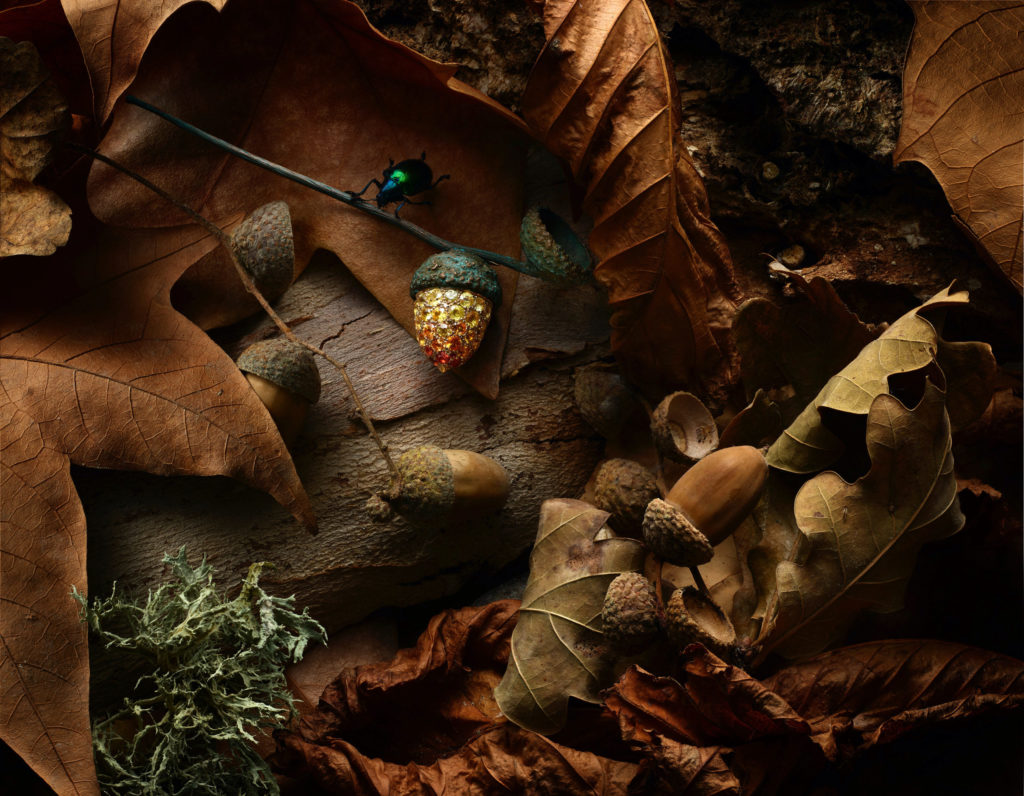
The Acorn brooch by Emmanuel Tarpin, 2020. Photo : Emmanuel Tarpin
14-To conclude this interview, an anecdote and advice for those who read us and who would like to do the same job as you ?
As in everything, the notion of sacrifice is never far from the passions that torment us. I can only encourage young people to push the doors. Curiosity and determination will do the rest.
I advise those who can to log on Christie’s website and take the Christie’s Education online courses on “the history of jewelry from 1880 to the present day” given by a recognized and passionate historian. A didactic teaching to take your first steps in the field. Taking gemological courses at a school or a laboratory is essential to learn about stones and start in the profession.
Above all, do not hesitate to take the time to go to public auction houses which are free museums where something is always happening ; exhibitions, sales, conferences, workshops, etc. you will see as many jewels as possible gathered in one place and you will always find a specialist delighted to share his passion for jewelry and to advise you. It is most certainly where you and I will meet again very soon and with great pleasure.
See you soon !





